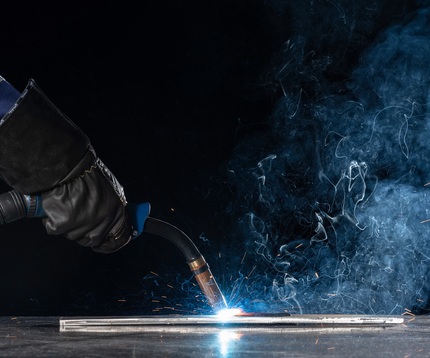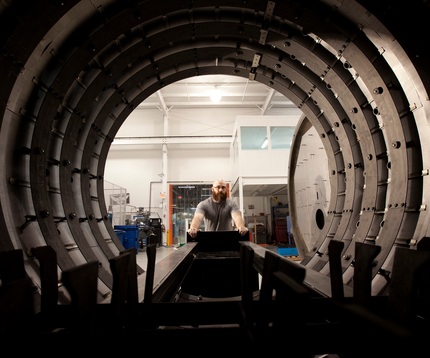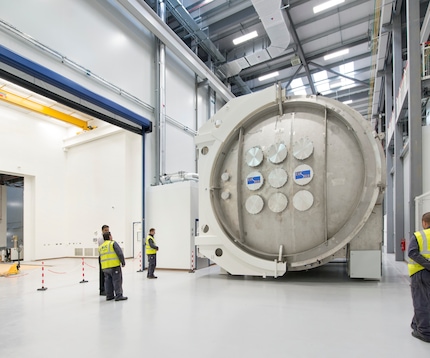
Discover why additive manufacturing is emerging as the method of choice for spacecraft engine parts with complex geometries that demand low weight and high strength - and how we are enabling this trend.

Space travel is booming, fueled by missions to the International Space Station, sub-orbital space tourism, increasing satellite deployments, observation of far-flung galaxies, and new resolve to return to the moon and onward to Mars. All of this activity means rising demand for space hardware - spacecraft materials, components, systems and electronics. Industrial, process, specialty and rare gases play a mission-critical role in many of the steps involved in manufacturing these parts, particularly for material processing, heat treating, additive manufacturing, thermal spraying, inerting, curing, arc/laser welding and cleaning applications.
Our shielding gases enable the best outcome for every welding task and process in metal fabrication. Especially given the high-quality alloys and light metals used in aircraft and space, our process gases give manufacturers precision control over material integrity and quality standards. We also support laser cutting and welding with highly specialized gas solutions tailored to specific material properties and outcomes. In addition, we are helping to drive the growing popularity of additive manufacturing for engine parts where low weight, high strength and complex geometries are required. Our ADDvance® additive manufacturing (AM) gases and specialized alloy metal powders are enabling companies to 3D-print engine components such as turbopumps that rely on the flexibility gains of AM.
Once the spacecraft or components have been manufactured, rigorous testing is required to confirm their integrity. This involves testing components, sub-systems or even full satellites or spacecraft in thermal vacuum chambers. Here our cryogens like liquid nitrogen and liquid helium are used to cool the chambers and create the necessary vacuum. Our HIQ® portfolio of specialty gases also plays an invaluable role in testing, quality control and space research.
Click on the links below to find out more about our engagement in each of these areas.

Discover why additive manufacturing is emerging as the method of choice for spacecraft engine parts with complex geometries that demand low weight and high strength - and how we are enabling this trend.

Read how our gases, application technologies and expertise in metal fabrication can increase efficiency and performance in arc/laser cutting and welding, thermal spraying, surface treatment and more…

Find out how we are helping to lower the weight of spacecraft by supplying inert gases such as nitrogen to pressurize autoclaves that cure lightweight carbon-fiber composites used in spacecraft structures.

Explore how our specialty and industrial gases are used to cool thermal vacuum chambers that simulate the cold temperatures and vacuum of space for realistic testing of spacecraft components or even entire vessels and satellites.
Check out our electronics-grade HiQ high-purity gases, accurate gas mixtures and specialty gases plus complementary precision-engineered specialty equipment for the manufacture of electronics systems used on board satellites and other spacecraft